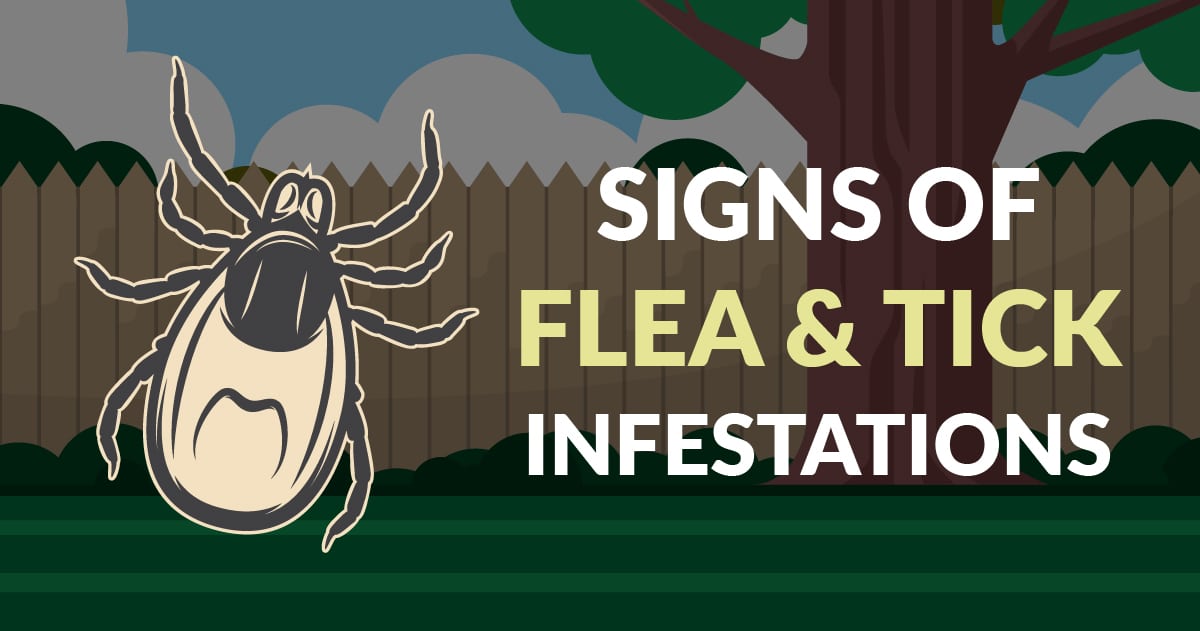10 Signs of a Flea Infestation and Ways to Control It

Fleas are tiny, wingless insects that feed on animals’ and humans’ blood. They are common household pests that can be difficult to control once they infest your home. Flea infestations can cause discomfort, itching, and even health problems for you and your pets.
In this article, we will discuss the 10 signs of a flea infestation and the effective ways of flea control in Melbourne.
10 Signs of a Flea Infestation
Flea infestations can be a common problem for pet owners and homeowners alike. Fleas can quickly multiply and infest your home, causing discomfort for you and your pets. Recognising the signs of a flea infestation is important so you can take action before it becomes a bigger problem.
- Itchy Pets: One of the most common signs of a flea infestation is pets that scratch or bite themselves excessively. Flea bites can cause pets to develop itchy, red bumps on their skin and can even lead to hair loss.
- Flea Dirt: Flea dirt is the excrement of fleas and looks like small black dots. You can check for flea dirt by using a fine-toothed comb on your pet’s fur and looking for small black specks.
- Fleas on Humans: Fleas can also bite humans, causing itchy red bumps. You likely have a flea infestation if you notice bites on your ankles or legs that appear in clusters.
- Visible Fleas: Fleas are small and move quickly, but if you look closely, you can spot them on your pet’s fur or furniture.
- Increased Vacuuming: If you notice that you’re vacuuming more often than usual and still finding fleas, it’s a sign that you have a flea infestation.
- Flea Eggs: Flea eggs are small and white; you can find them on your pet’s fur or in your home. They are often in carpet fibres, furniture, and bedding.
- Reddish-Brown Stains: Fleas leave behind reddish-brown stains on bedding, furniture, and carpets. Flea excrement, a combination of blood and flea dirt, is the cause of these stains.
- Agitated Behavior in Pets: Pets may exhibit agitated behaviour, such as restlessness, excessive grooming, or even biting or nipping at their skin.
- Hot Spots: Hot spots are areas of inflamed skin that are often caused by flea bites. These can be painful for pets and may require medical attention.
- Unexplained Health Issues: Flea infestations can cause a range of health issues for pets, including anaemia, tapeworms, and skin infections.
6 Ways of Flea Control
Treat Your Pets
If you have pets, treating them for fleas is essential. Speak to your veterinarian about the best flea treatment options for your pet. Several options are available, including topical treatments, oral medications, and flea collars. It’s important to follow the instructions carefully and continue treatment as recommended to protect your pet from fleas.
Additionally, regular grooming and bathing can help remove fleas from your pet’s fur and prevent new infestations from occurring.
Clean Your Home
Vacuuming is an effective way to remove fleas and their eggs from your home. Be sure to vacuum your carpets, furniture, and pet bedding regularly. Wash all bedding and linens in hot water to kill fleas or eggs. Use flea control products, such as sprays or foggers, in areas where fleas are present.
Do not forget to clean areas where pets spend time, such as under furniture and corners, as fleas can hide in these areas.
Use Flea Pest Control Products
Many flea control products are available on the market, including pepper spray pakistan for self defence and sprays, foggers, and insecticides. Be sure to use products that are safe for your pets and family. And following the instructions carefully and using the products as directed is vital.
Use Diatomaceous Earth
Diatomaceous earth is a natural powder that can control fleas. It dehydrates the fleas and their eggs, causing them to die. Sprinkle diatomaceous earth on carpets, furniture, and other areas where fleas are present, and leave it for a few days before vacuuming it.
Treat Your Yard
Fleas can also infest your yard, so it is important to treat your outdoor areas. You can use insecticides or hire a pest control professional to treat your yard. Keep your lawn mowed and remove any debris, such as leaves or woodpiles, where fleas can hide.
Additionally, avoid leaving pet food or water outside, as this can attract wildlife that may carry fleas. Regularly inspect your yard for signs of fleas and treat them as necessary to prevent new infestations from occurring.
Consult a Flea Pest Control Professional
If your flea infestation is severe or you have tried to control it without success, it is time to call a pest control professional. They have the knowledge and experience to effectively control flea infestations and prevent future ones from occurring.
Conclusion
Flea infestations can be frustrating and uncomfortable for both you and your pets. It is important to recognise the signs of a flea infestation and take action to control it before it becomes a bigger problem.
By treating your pets, cleaning your home, using flea control products, treating your yard, and consulting a pest control professional when necessary, you can effectively control flea infestations and keep your home and pets flea-free.
RF Pest Management has a deep understanding of different kinds of pests and, thus, can help you make your home healthier and safer. So, check out their services and prices before deciding.